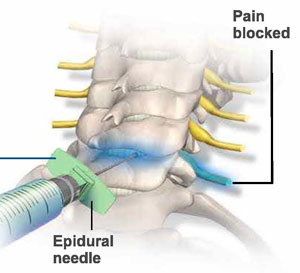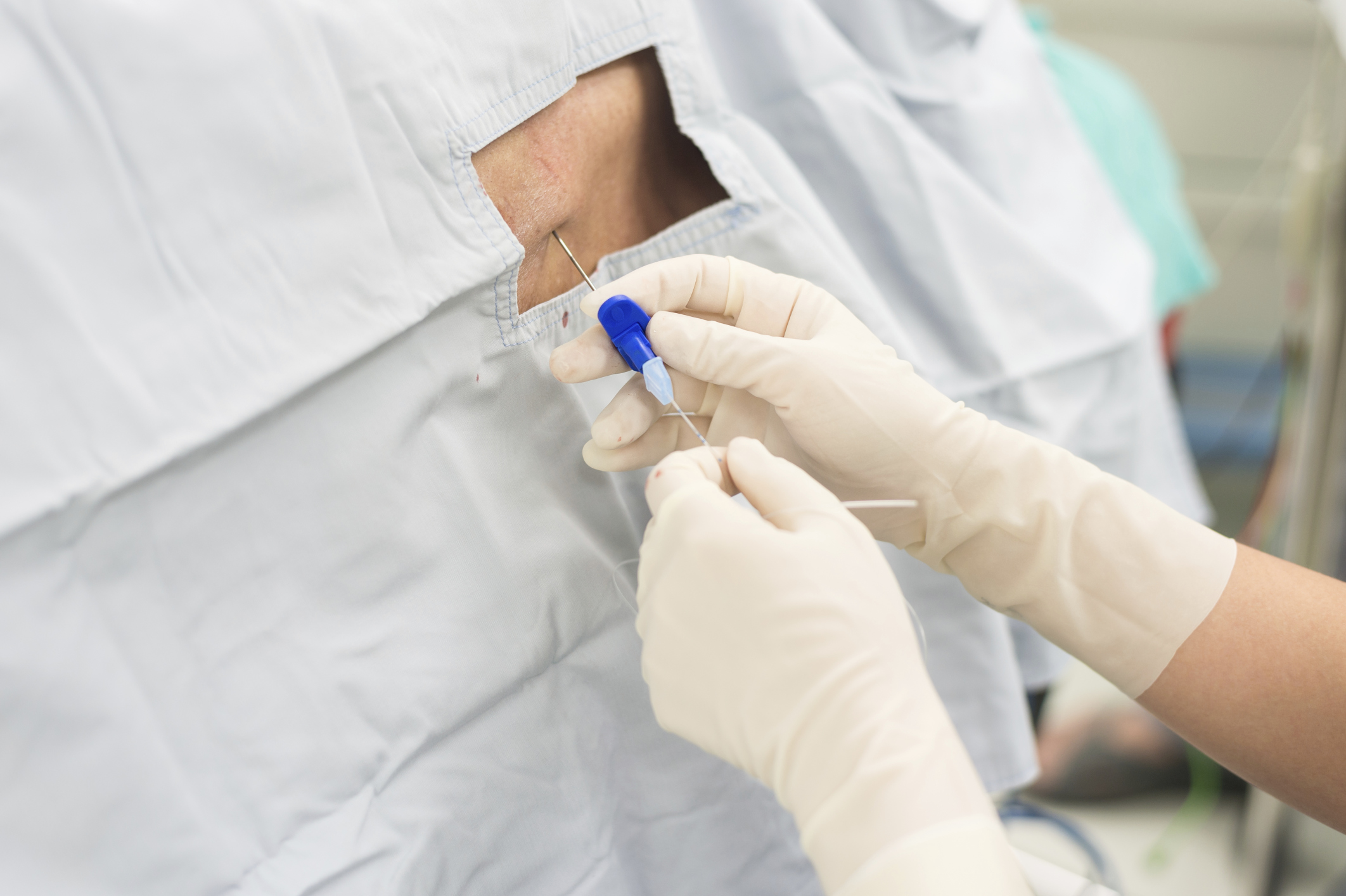


Pain relief medicines are then given through the catheter. The epidural can be inserted at different levels of your spine depending on the area of your body that needs pain relief.

You may feel mild discomfort when the epidural needle is positioned and the catheter is inserted.The needle is then removed, leaving just the catheter in your spine.A needle is used to insert a fine plastic tube called an epidural catheter into your back (spine) near the nerves that carry pain messages to your brain.
#EPIDURAL AFTER EFFECTS SKIN#
You'll be given an injection of local anaesthetic to numb the skin where the epidural is to be inserted.You'll be asked to sit down and lean forwards, or lie on your side with your knees up close to your chest.A drip will be placed in your arm so you can be given fluids while you're having the epidural.You're usually awake during an epidural, but for some types of surgery you may have it while under general anaesthetic. How an epidural is givenĮpidurals are given by a specialist doctor called an anaesthetist. You may be given specific advice about eating, drinking and medication before the epidural.Īs you won't be able to drive for 24 hours after having an epidural, you'll need to arrange for someone to give you a lift home. Let them know about any medication you're taking. If you have any concerns or questions about having an epidural, discuss these with your doctor. Steroid medication can also be given as an epidural injection to treat pain in your back or leg that's caused by sciatica or a slipped (prolapsed) disc. during labour and childbirth, including caesareans.This page covers epidural anaesthesia, a type of epidural commonly given for pain relief in childbirth and in some types of surgery. An epidural is an injection in the back to stop you feeling pain in part of your body.


 0 kommentar(er)
0 kommentar(er)
